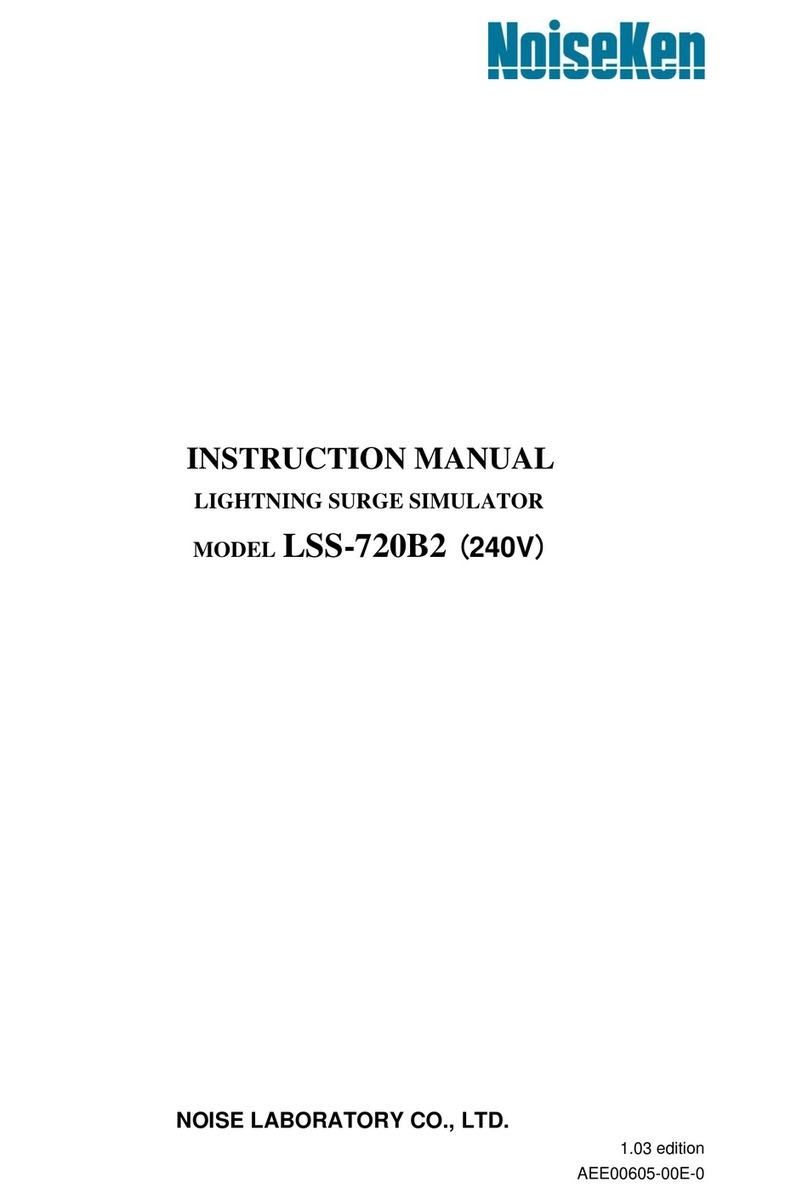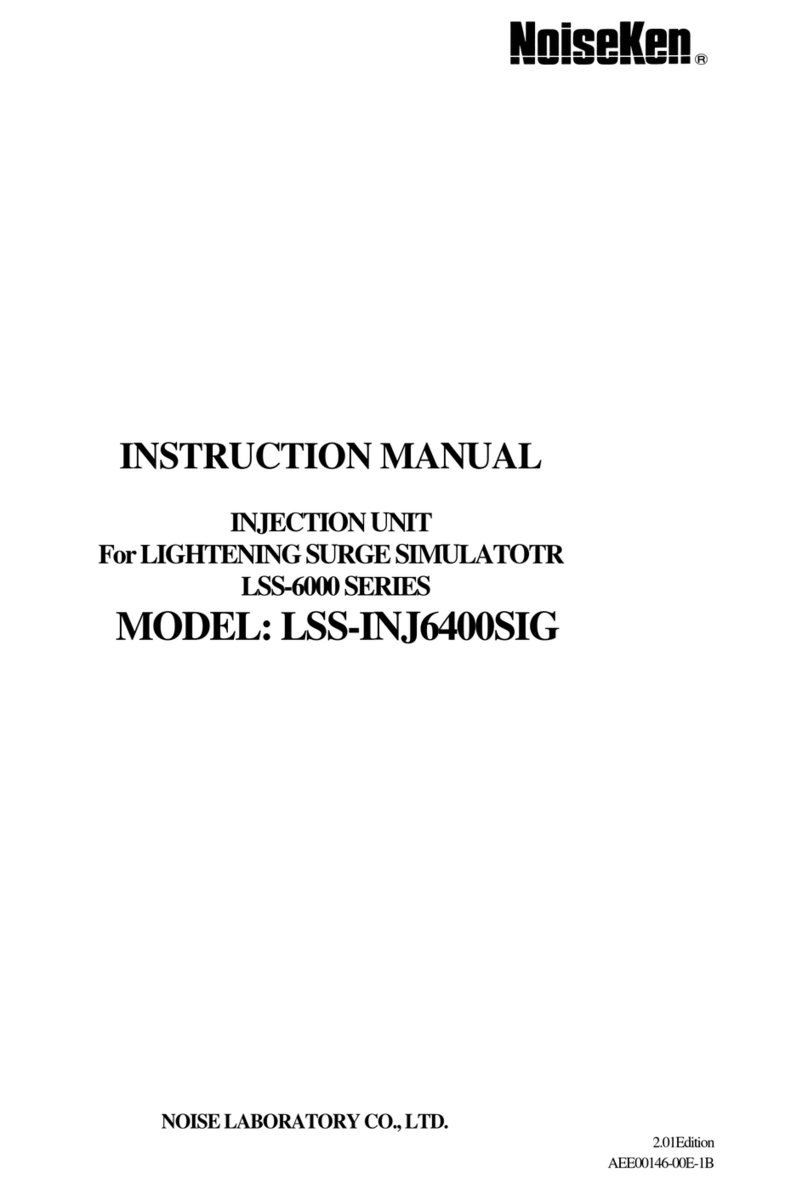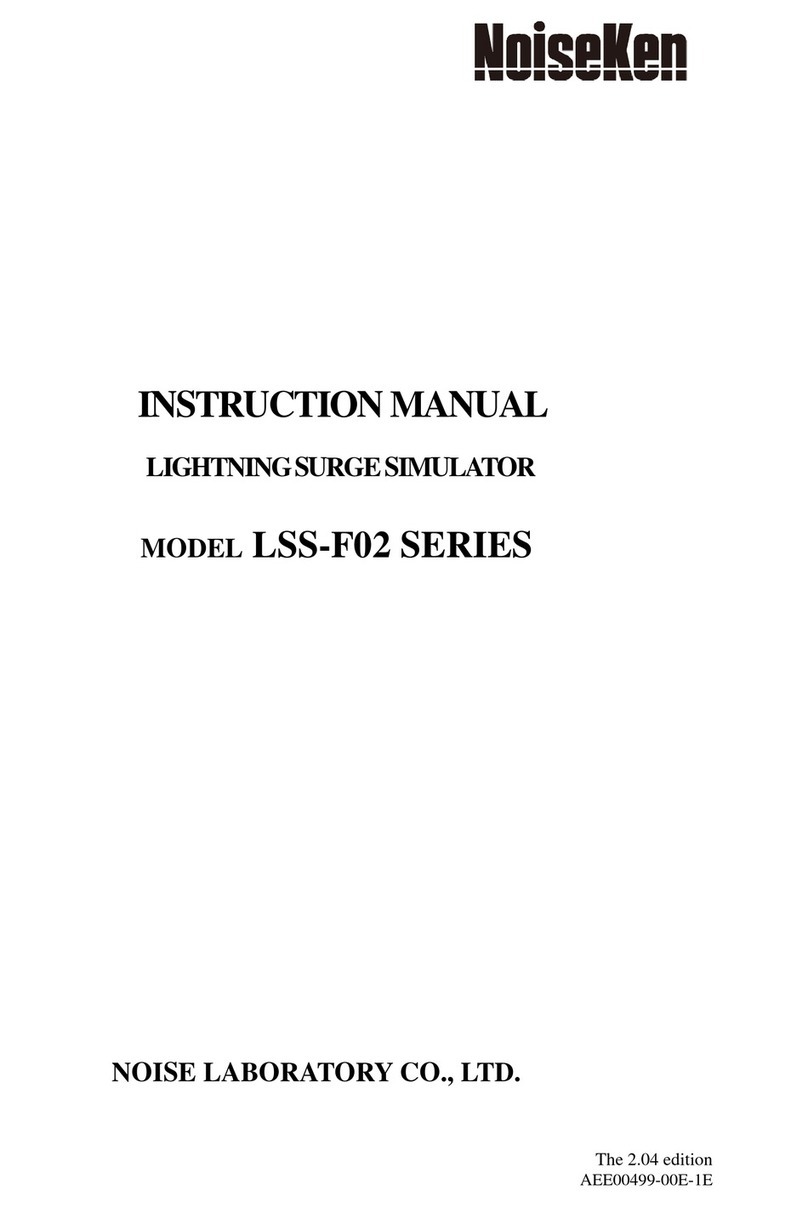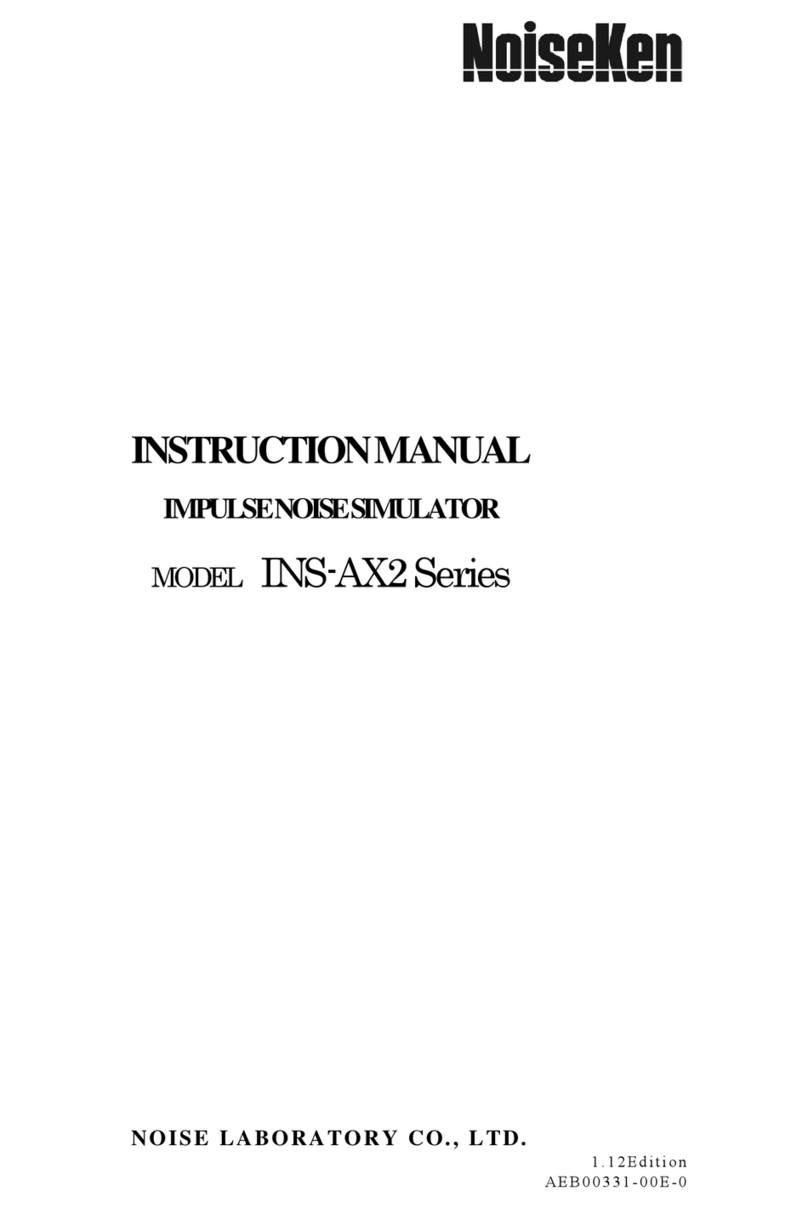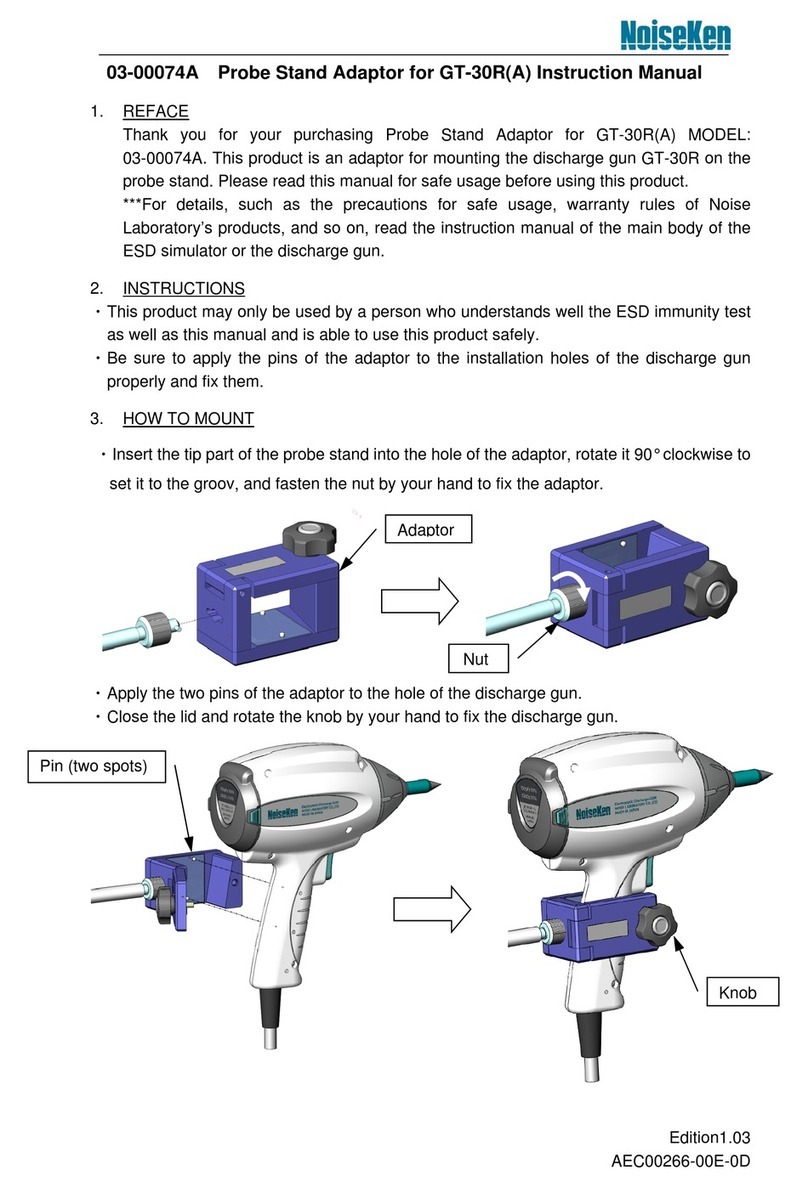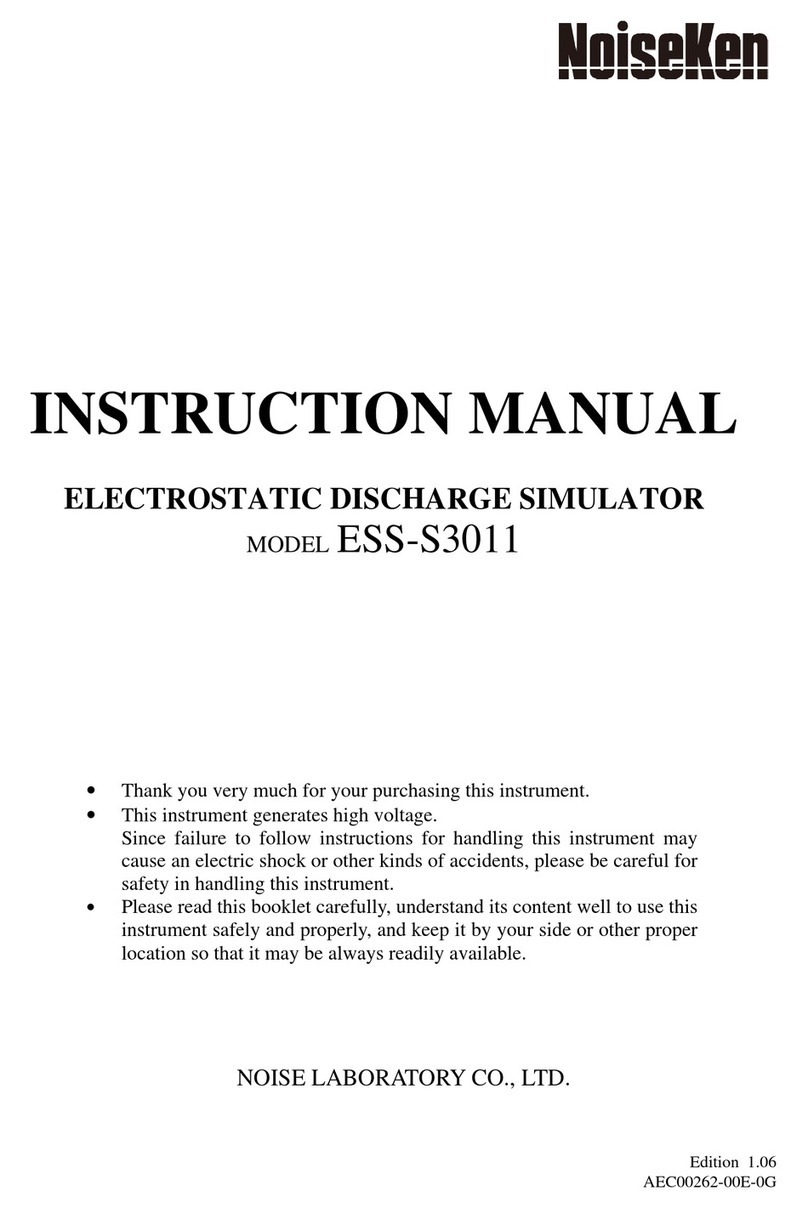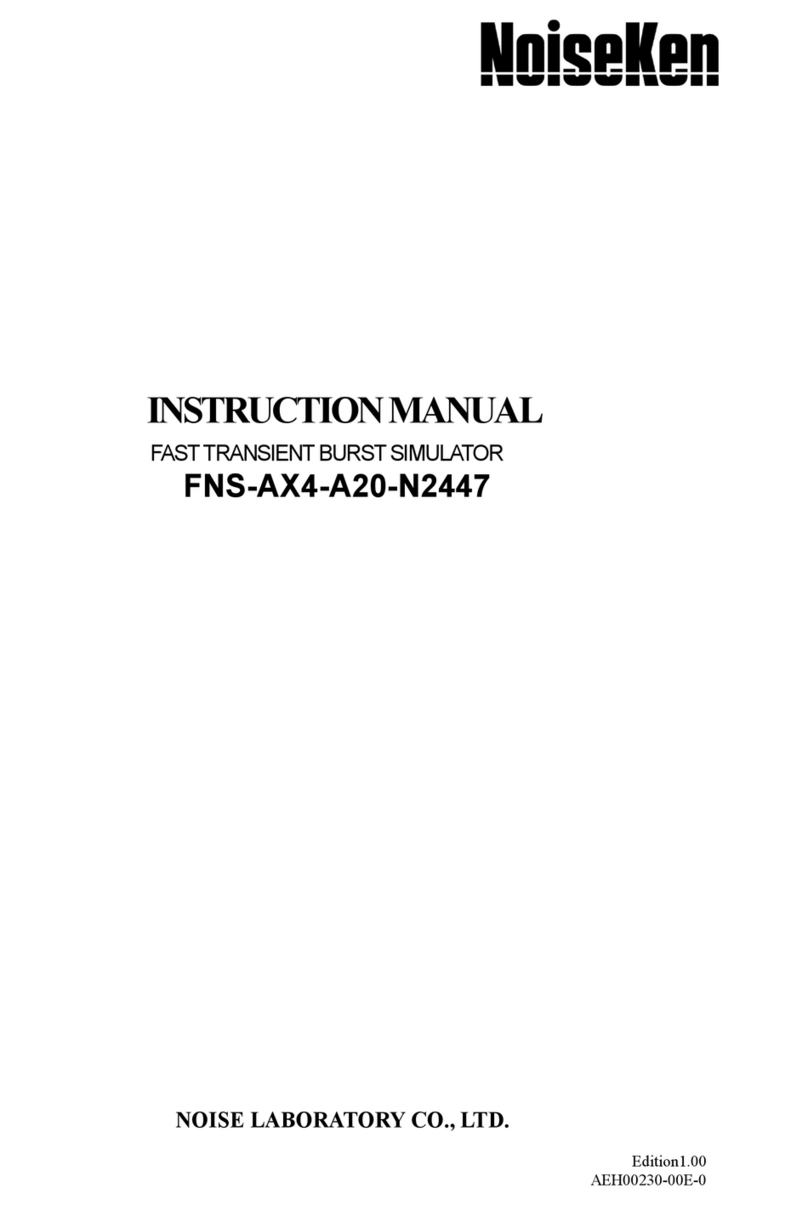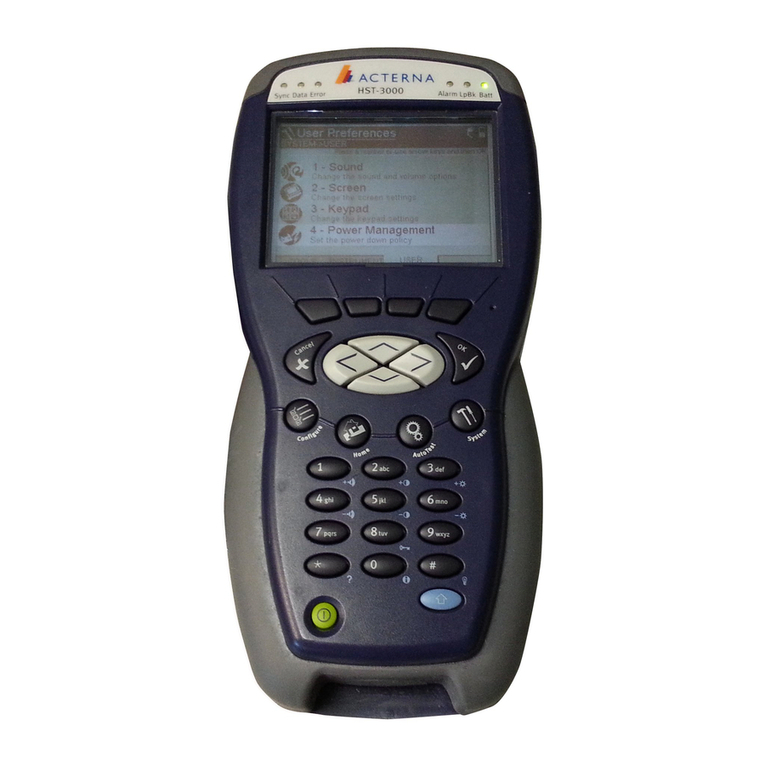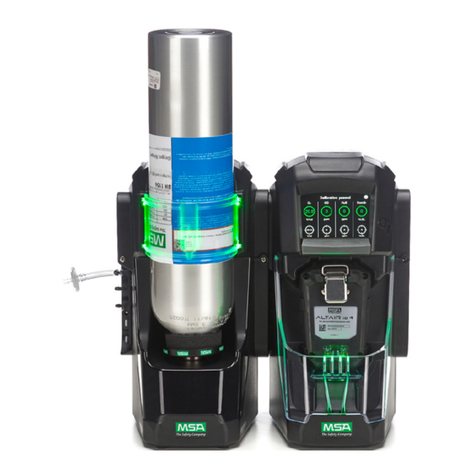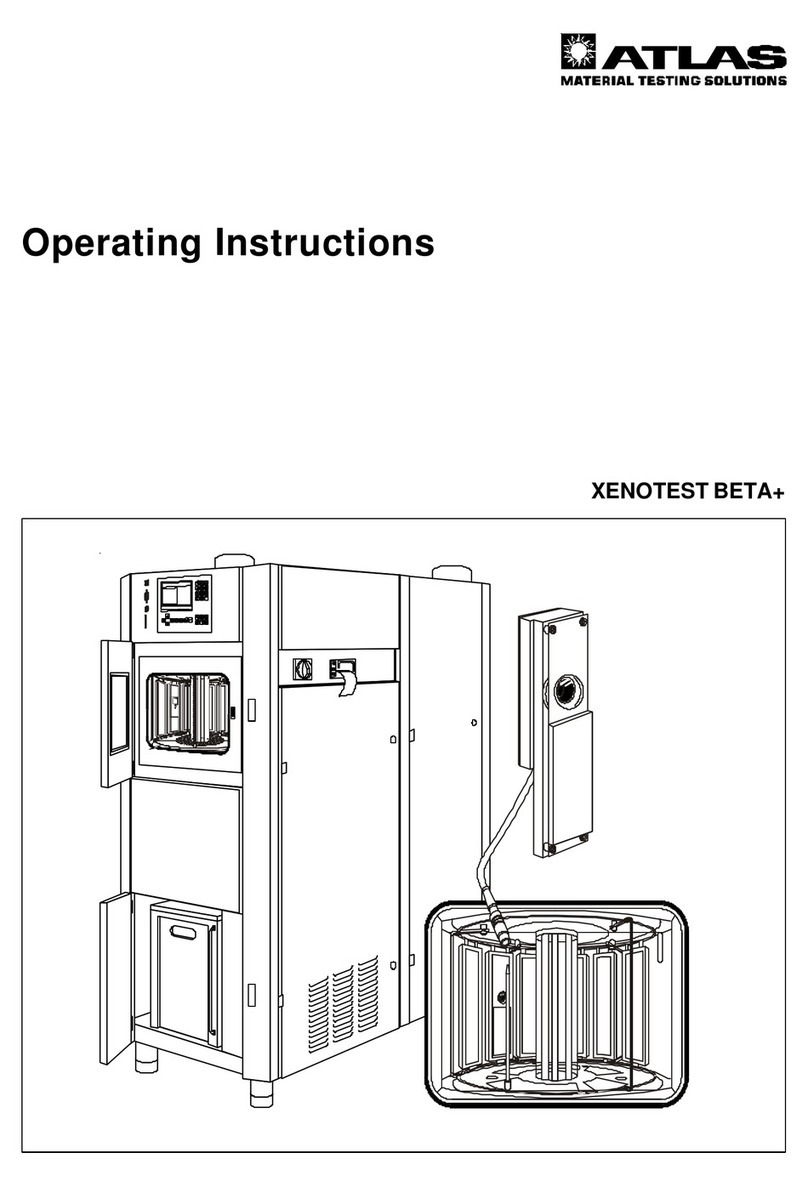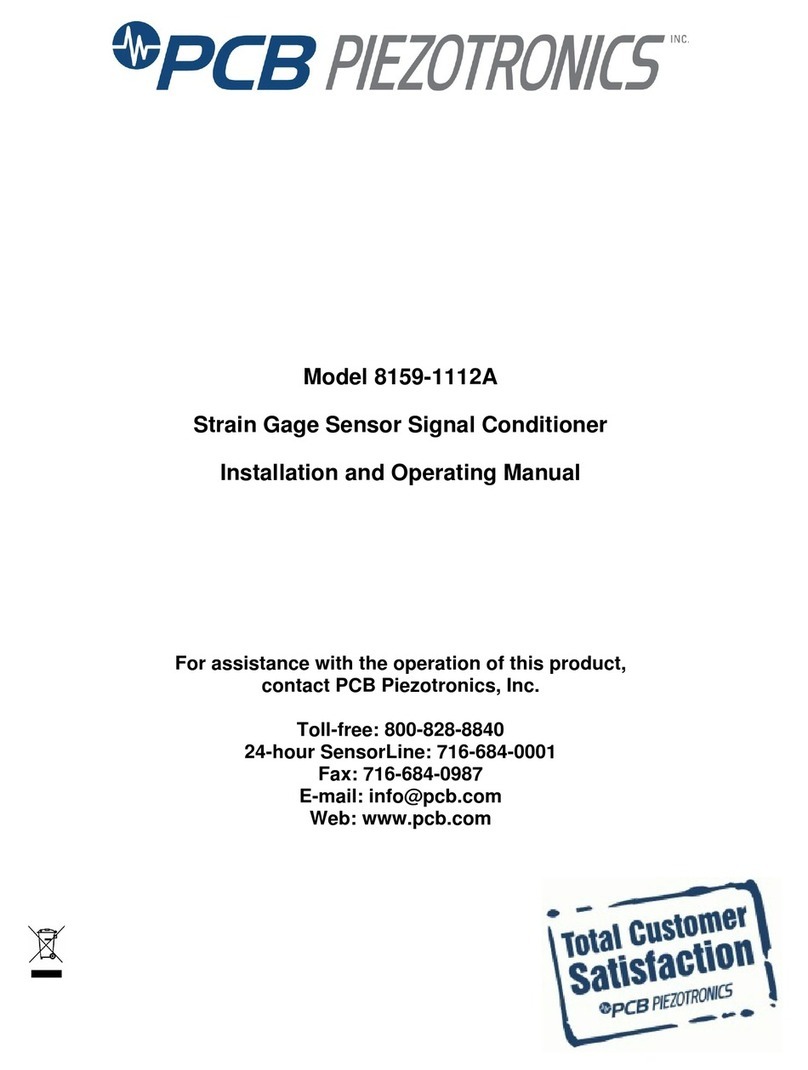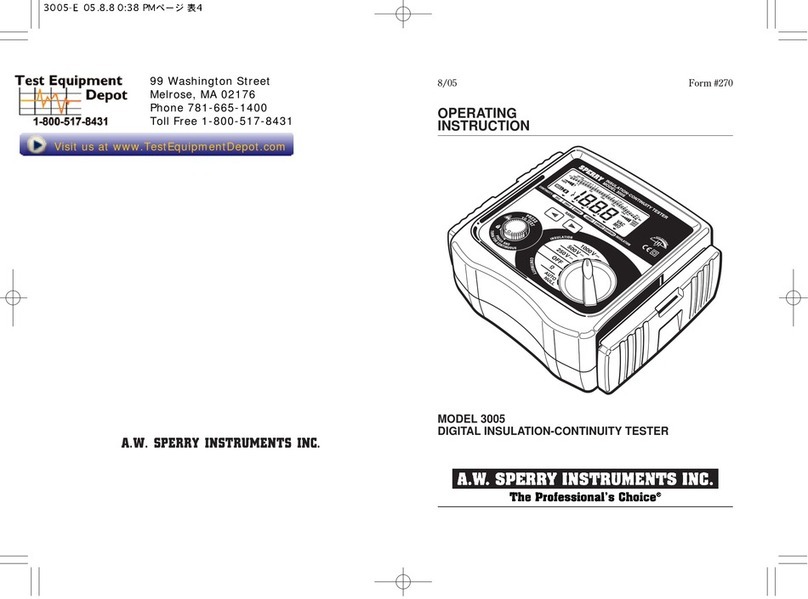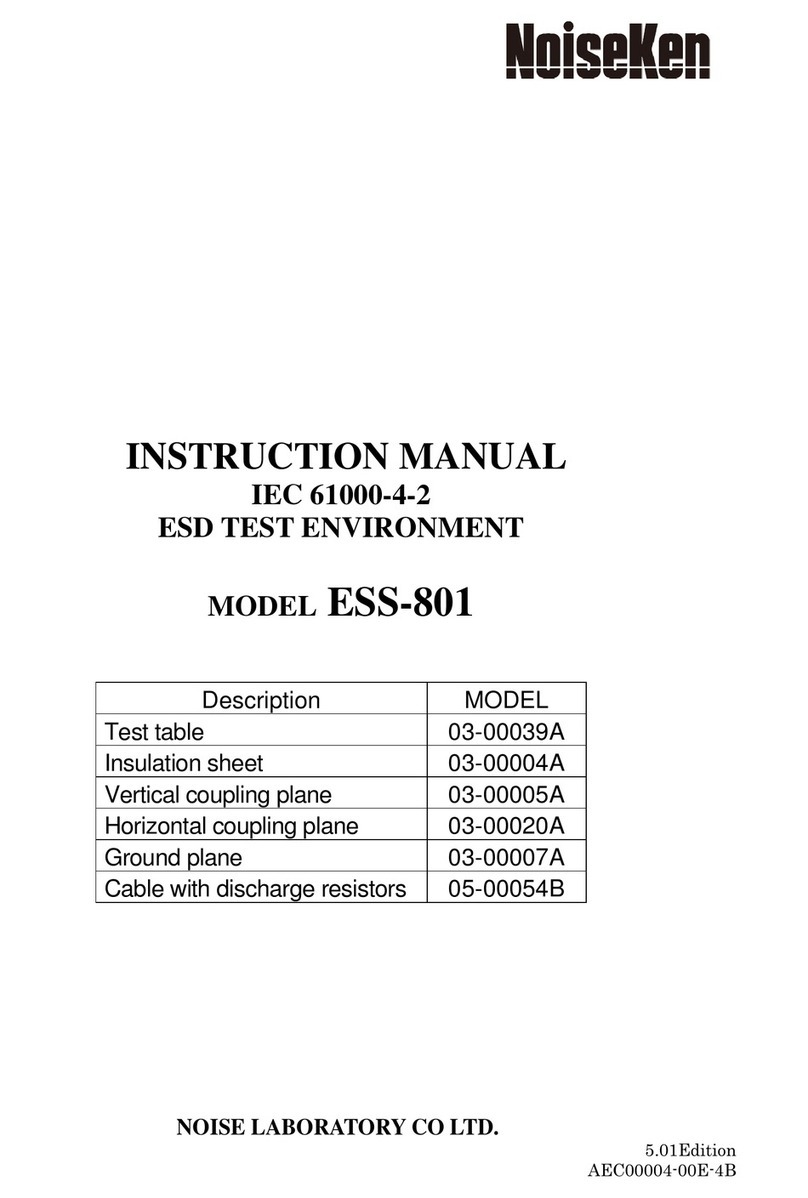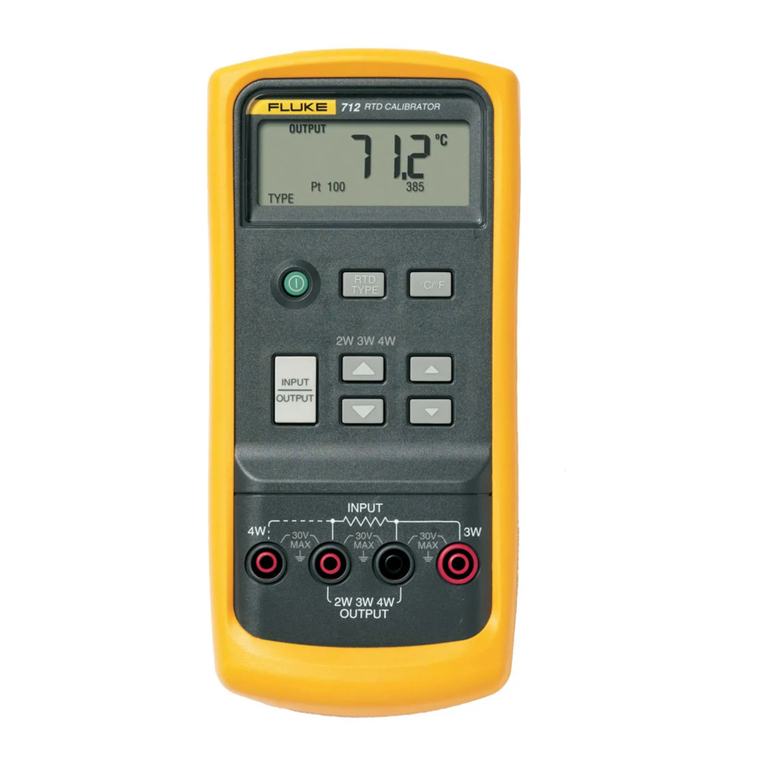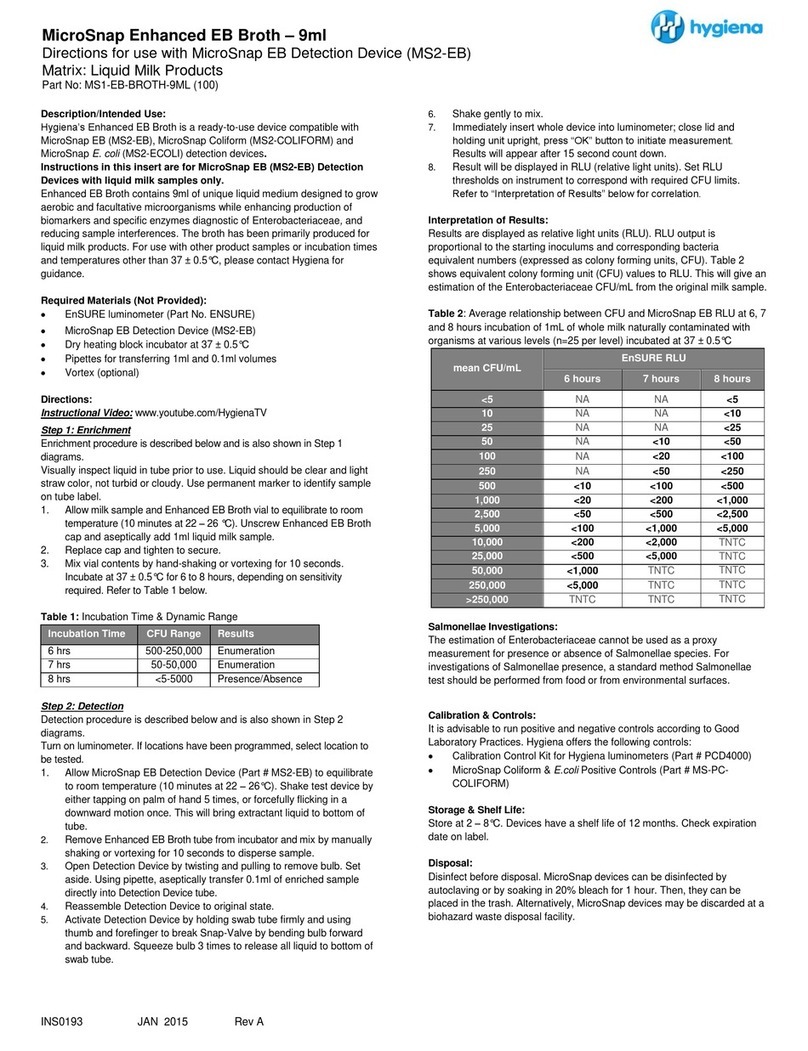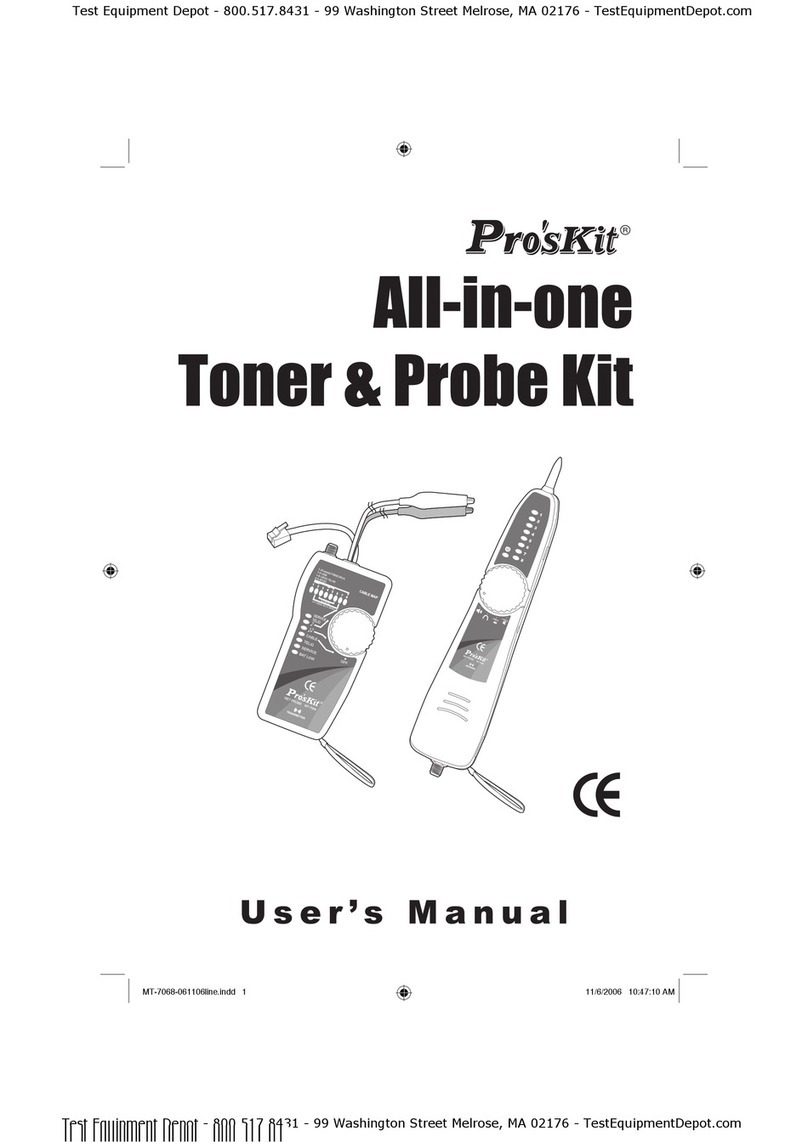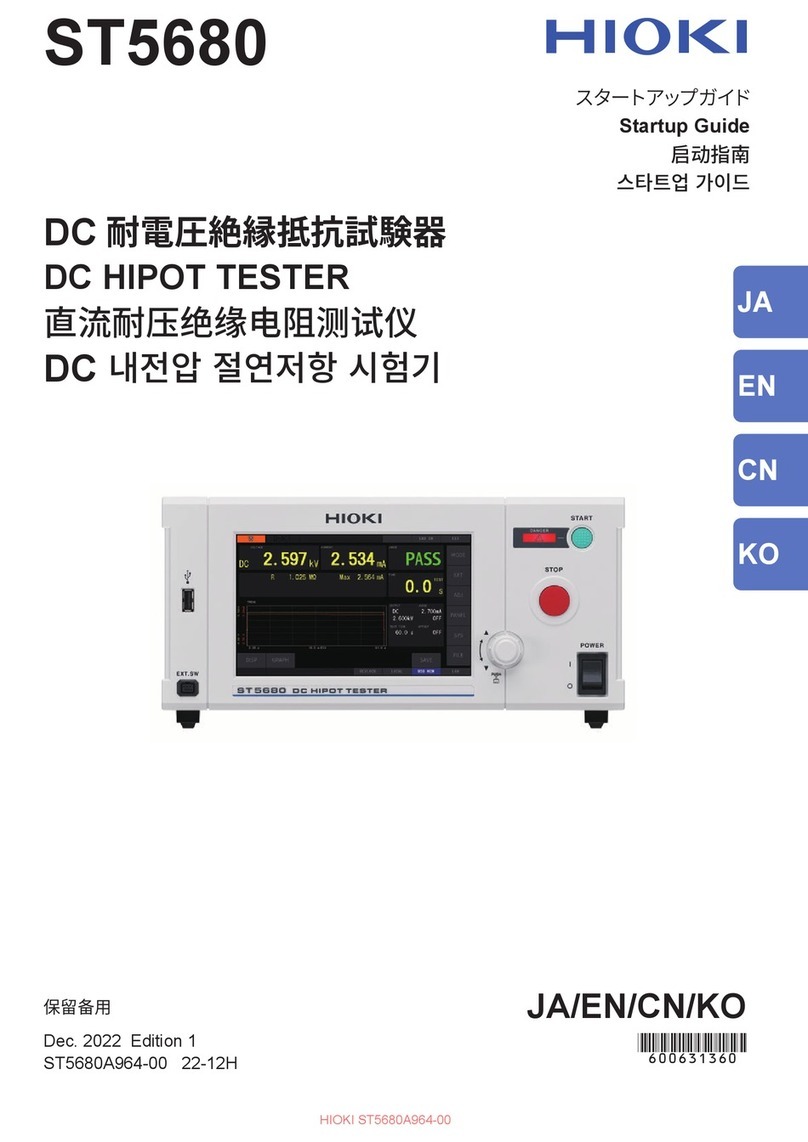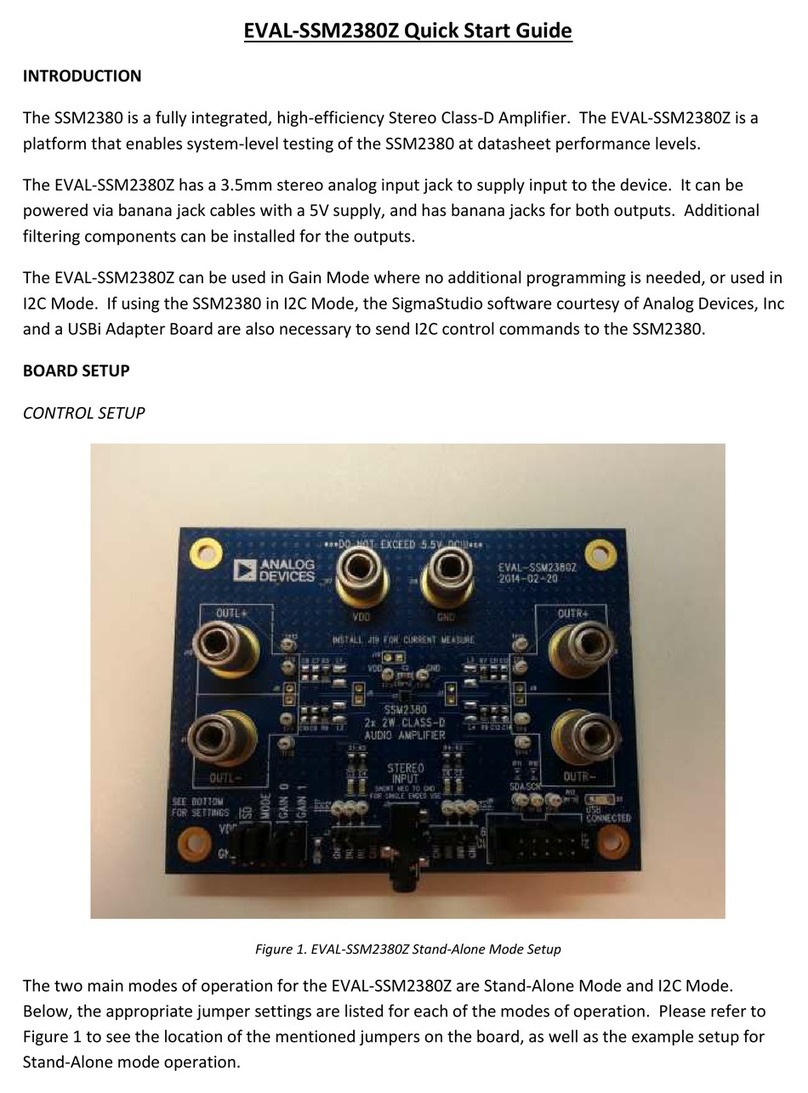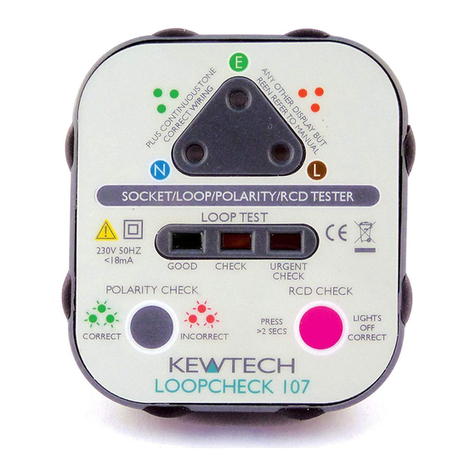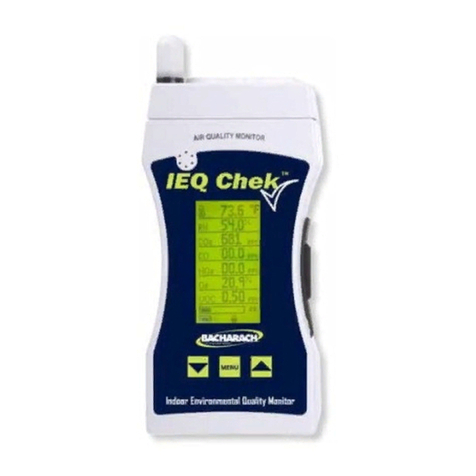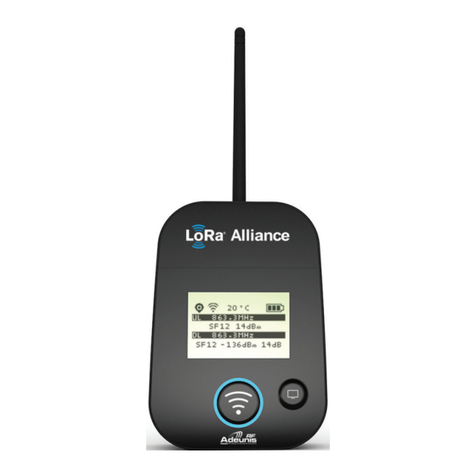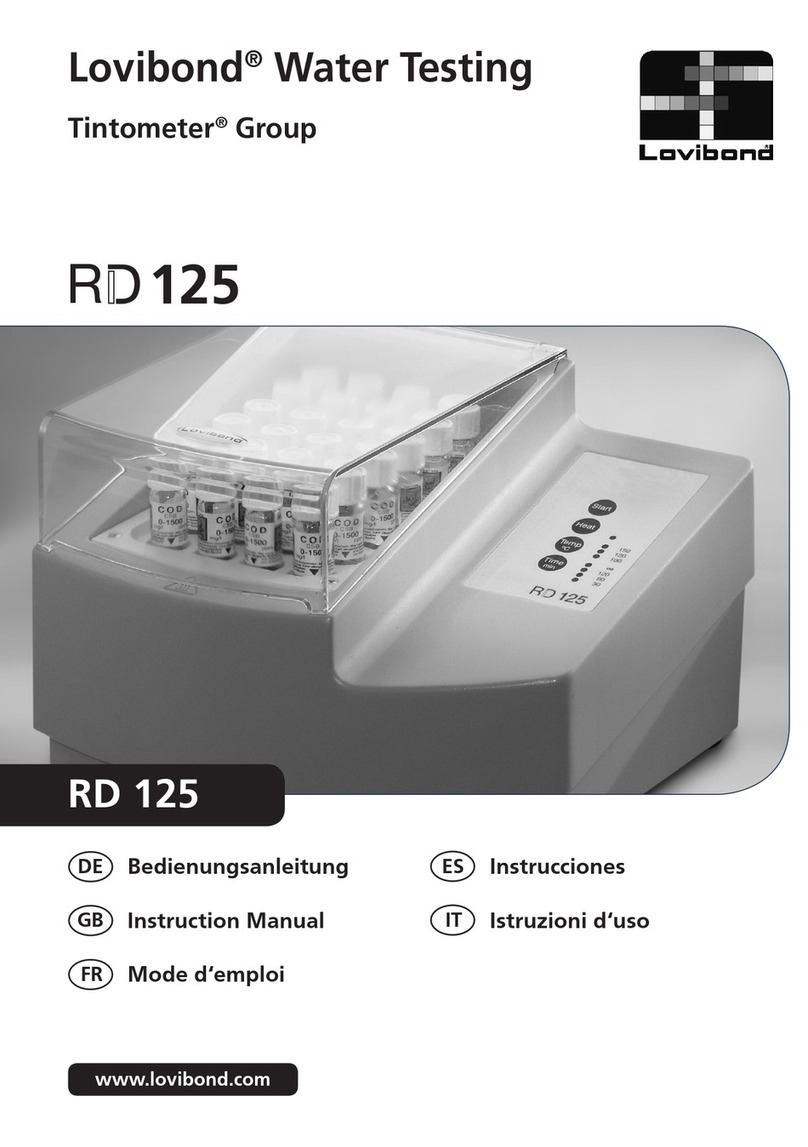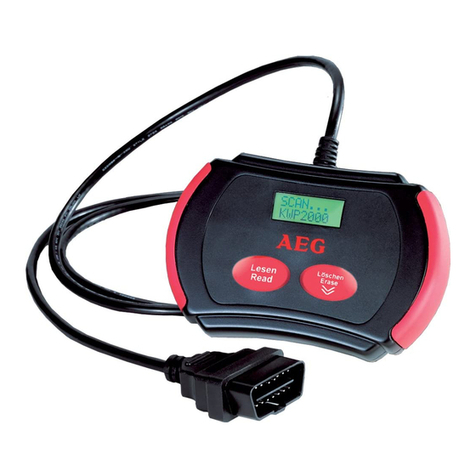
8
4. TABLEOFCONTENTS
1. IMPORTANT SAFETY PRECAUTIONS......................................................................................1
2. CHECK PACKAGE CONTENTS.................................................................................................2
2–1.
GT-30R (Set for Test under IEC 61000-4-2)..................................................................................................2
2–2.
GT-30R2K (Set for 2kΩTest under ISO 10605)............................................................................................3
2–3.
GT-30R330 (Set for 330ΩTest under ISO 10605) ........................................................................................4
2–4.
GT-30R3302K (Set for 330&2kΩTest under ISO 10605)..............................................................................5
3. APPLICATION FORM FOR INSTRUCTION MANUAL...............................................................6
4. TABLE OF CONTENTS...............................................................................................................8
5. PREFACE..................................................................................................................................10
5–1.
Features......................................................................................................................................................10
5–2.
Combinations with Simulators.....................................................................................................................10
6. BASIC SAFETY PRECAUTIONS FOR THE SAFE USE OF THE SIMULATOR ......................11
6–1.
Meaning of Safety Symbols ........................................................................................................................11
6–2.
DANGER Alerts...........................................................................................................................................12
6–3.
WARNING Alerts.........................................................................................................................................12
6–4.
CAUTION Alerts..........................................................................................................................................14
7. POINTS TO NOTE REGARDING CONSUMABLES ITEMS ..................................................16
7–1.
High Voltage Relay......................................................................................................................................16
7–2.
Discharge Tip..............................................................................................................................................16
7–3.
CR Unit .......................................................................................................................................................16
8. INTRODUCTION........................................................................................................................17
8–1.
How to Read This Document ......................................................................................................................17
8–2.
Terms and Definitions..................................................................................................................................18
9. NAME AND FUNCTION OF EACH PART.................................................................................19
9–1.
ExternalAppearance and Descriptions.......................................................................................................19
10. SIMULATOR MAIN UNIT AND CONNECTIONS.......................................................................23
10–1.
Connection to The Simulator Main Unit...................................................................................................24
11. HOW TO REPLACE COMPONENT UNITS ..............................................................................25
11–1.
Discharge Cup........................................................................................................................................25
Combination of Discharge Cup and CR Unit.......................................................................................................25
Replacing Discharge Cup....................................................................................................................................26
11-2. Discharge Tip..................................................................................................................................................27
Types of Discharge Tips and Their Applications..................................................................................................27
Replacing Discharge Tip .....................................................................................................................................28
11-3. CR Unit...........................................................................................................................................................29
Replacing CR Unit...............................................................................................................................................29
11-4.
GND Clip.....................................................................................................................................................30
12. OPERATION..............................................................................................................................31
12–1.
Starting Test ............................................................................................................................................31
12–2.
LED Light................................................................................................................................................32
12–3.
Stopping a Test .......................................................................................................................................32





















